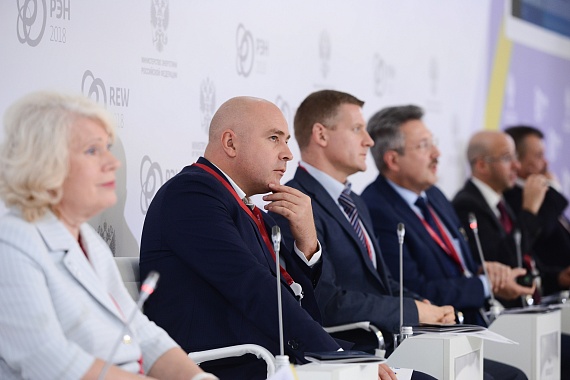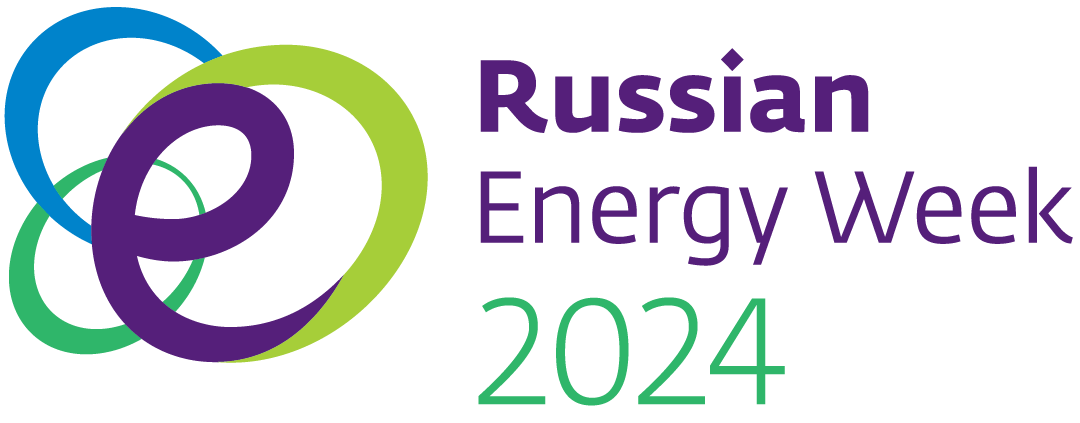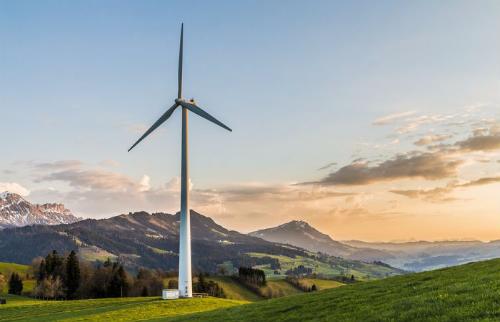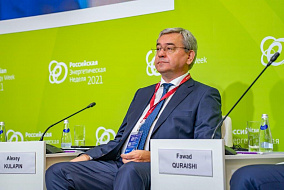Energy Efficiency and the Environment: Two Pillars of the Electricity Industry of the Future

KEY CONCLUSIONS
The Moscow energy industry is an example of how to actively implement energy efficient technologies
“Moscow is an energy efficient city. The metropolitan area’s new environmental policy provides for using the principle of best available technologies, an essential and key tool for improving energy efficiency and reducing enterprises’ negative environmental impact. Evidence of this can be seen in the commissioning of 7 advanced steam-gas units, the conversion of CHP-22 from coal to natural gas, and the construction of a modern combined Euro+ oil refining unit, among other things. When we talk about reducing harmful emissions into the atmosphere by 33%, gas consumption by 20%, and heat consumption by 6.2% – these are very good figures. They show the importance of the measures taken by the city”, Chairwoman of the Moscow City Duma’s Environmental Policy Committee Zoya Zotova said.
PROBLEMS
Aging equipment
“Overall, Moscow has roughly 330 km of 110/220 kV cable lines within the Moscow Ring Road, and they include oil-filled, high-pressure, and low-pressure lines. We understand that this equipment potentially poses risks to the environment, above all if cable oil enters the soil and then the water. So we have developed a programme to replace these cable lines. This cannot be done quickly because they are often systemically important and they cannot be done quickly all at once”, First Deputy General Director and Chief Engineer at Moscow United Electric Grid Company Vsevolod Ivanov said.
SOLUTIONS
Modernization of water consumption and heating systems
“Even though a million square metres of housing is built in Moscow each year, we have seen the trend of declining water consumption since 1996. What is causing this? First of all, it’s a reduction in the number of major industrial enterprises in the city, the installation of plumbing fixtures, water conservation measures, and the renovation of networks. If we look specifically at the figures, standard water consumption in Moscow used to be 324 litres per person per day, but now it is actually around 130 litres”, Head of the Energy Mechanical Directorate at Mosvodokanal Alexey Bitiev said.
“In 2017, Moscow Integrated Power Company supplied heat for more than 90% of the city’s consumers. The share of modern heating networks that have a service life of 25–35 years or more and relatively low losses of heat and heat carrier is close to 40%. Of course, the 60% share of traditional networks is still quite a lot. In this regard, Moscow Integrated Power Company plans to continue carrying out measures to rebuild heat networks using efficient technologies”, Head of the Production Directorate at Moscow Integrated Power Company Alexey Dyskin said.
Switching from coal and fuel oil to natural gas and introducing efficient combined-cycle plants
“A wide range of new technologies has been applied to enhance the efficiency of the energy industry. Today, we have virtually abandoned coal and fuel oil and almost fully switched to natural gas, using new combined-cycle plants”, Zoya Zotova said.
“The company has been engaged in environmental activities since the start of the 1990s. The effect of the measures that have been implemented is based on two serious factors: changes in the fuel balance due to the elimination of environmentally heavier fuels such as coal and fuel oil and their replacement with gas as well as the implementation of environmental measures”, Head of the Mosenergo Ecology Service Petr Bubley said.
Use of snow melting plants
“Moscow is the first metropolis in the world where millions of cubic meters of snow are disposed of into the city’s sewage system. Even in winter the temperature of wastewater does not dip below 16 degrees. Previously, snow had just been thrown from the Moscow streets into the Moscow River or the Yauza. Now the snow along with the oil products and chemicals that are contained therein go directly to the sewage system at snow-melting stations, after which they undergo a full range of biological treatment. In total, there are 35 snow-melting stations in Moscow with total capacity of roughly 140,000 cubic metres of snow per day. This not only contributes to the more efficient cleaning of city streets, but also is of great importance in terms of environmental safety”, Alexey Bitiev said.
Creation of modern sewage treatment plants
“In 2015, our plant launched construction, which has since been completed, on biological treatment facilities – probably a key and one of the largest rebuilt facilities”, Head of the Industrial Safety and Ecology Directorate at Gazpromneft–Moscow Oil Refinery Yury Yerokhin said.





